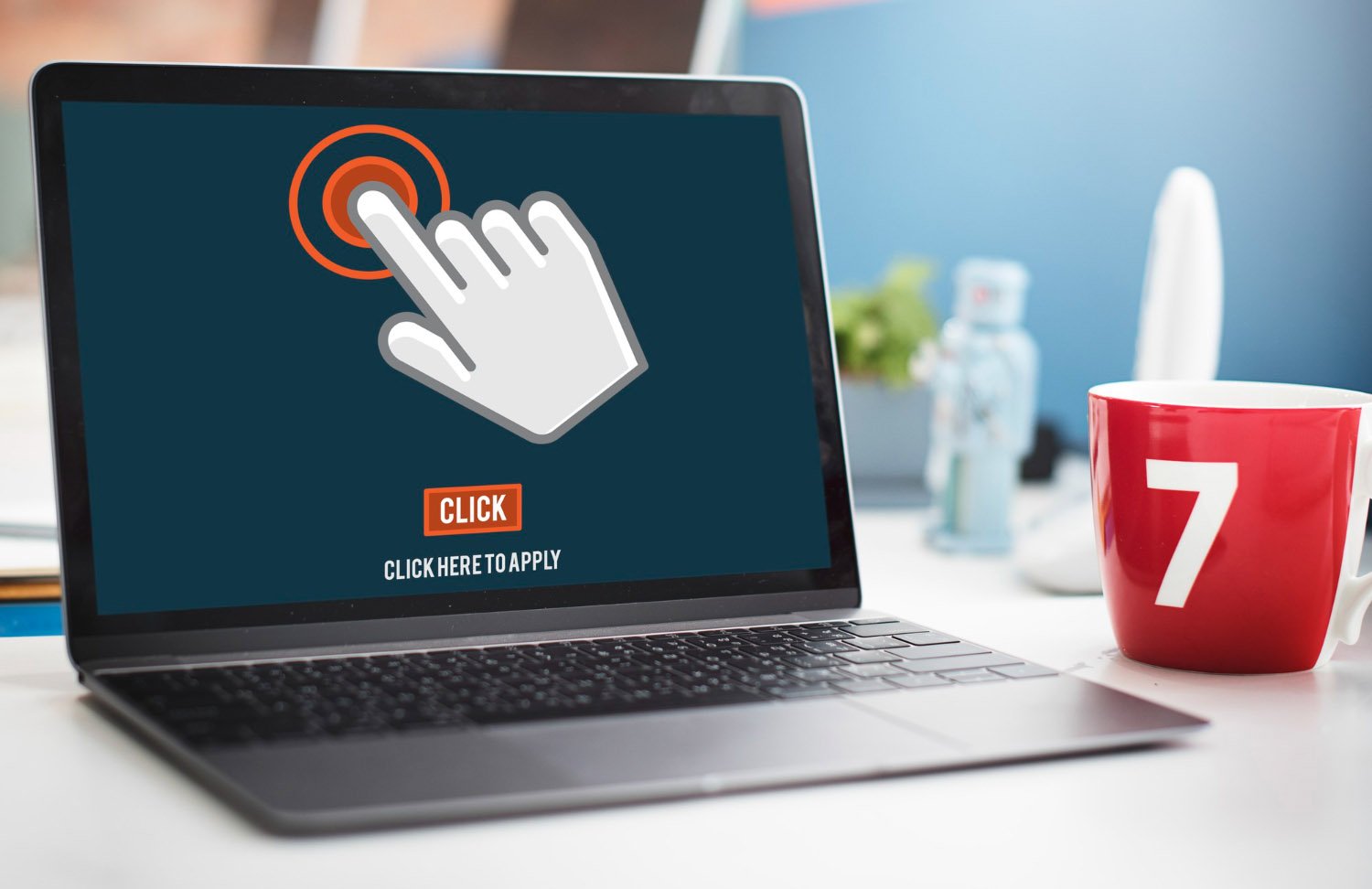Have you ever paused to think about what drives someone to click on an ad, a link, or a product listing? It’s not just random chance. There’s a fascinating psychology behind clicks that shapes online behavior every day. Welcome to an in-depth look at what makes users take action in the digital space, drawing from the latest insights for 2025.
If you’re refining your digital marketing strategy or aiming to boost ecommerce conversions, understanding these psychological triggers can transform your approach. Let’s unpack the hidden forces at play and how expert marketers leverage them for success.
The Core Drivers of Click Behavior
To start with, let’s explore the fundamental reasons why people click. At its heart, clicking is a decision influenced by a mix of emotional triggers and cognitive shortcuts. Experts in 2025 recognize that users often act based on immediate impulses rather than lengthy deliberation. By the way, this isn’t about manipulation; it’s about aligning your content with natural human tendencies.
Moreover, the digital landscape is more crowded than ever. As a result, standing out requires a deep grasp of what captures attention instantly. In fact, understanding these drivers allows marketers to craft messages that resonate on a subconscious level. Recent studies from 2025 highlight that user engagement often hinges on subtle cues rather than overt persuasion.
Emotional Triggers That Spark Action
Now, let’s dive into one of the most powerful forces behind clicks: emotions. Indeed, emotional appeal plays a massive role in user behavior. According to insights from this year, content that evokes feelings like happiness, curiosity, or even anxiety tends to drive higher interaction rates. Marketers who master this can create a strong connection with their audience.
The Pull of Positive Emotions
First off, positive emotions often lead to immediate clicks. For instance, ads or content that inspire joy or amusement-think of a heartwarming story or a funny video-can significantly boost click-through rates. Experts note that in 2025, campaigns using visual storytelling with smiling faces or uplifting narratives see better engagement. This approach taps into a natural desire for feel-good experiences.
Harnessing Urgency and FOMO
On the flip side, negative emotions like fear of missing out (FOMO) can also be potent. By the same token, creating a sense of urgency with limited-time offers or scarcity messages pushes users to act fast. As an example, phrases like “only a few left” trigger an instinctive need to secure a deal. In today’s fast-paced digital world, this psychological nudge remains a key tactic for driving immediate action.

Cognitive Shortcuts and the Principle of Least Effort
Shifting focus, another critical aspect is how users process information. To clarify, the human brain often seeks the path of least resistance, known as the principle of least effort. In 2025, this concept is more relevant than ever with information overload being a constant challenge. Hence, making content easy to digest becomes a priority for marketers aiming to increase user clicks.
Simplifying Decision-Making with Visual Appeal
To begin with, visual appeal cuts through mental clutter. High-quality images, bold colors, or engaging videos grab attention instantly. Not to mention, these elements require minimal cognitive effort to process. Experts emphasize that in the current digital space, eye-catching design can be the difference between a click and a scroll-past. This is why investing in creative assets pays off significantly.
Relevance as a Mental Shortcut
Equally important, relevant content acts as a shortcut for users. When an ad or link directly addresses a user’s needs or interests, the decision to click feels effortless. For this reason, audience targeting based on search history or demographics is a cornerstone of modern strategies. As noted in 2025 research, tailoring content to match user intent dramatically improves conversion potential.
The Role of Trust and Authority in Click Decisions
Turning to another key factor, trust plays an undeniable role in driving clicks. After all, users are more likely to engage with brands they perceive as credible sources. In 2025, with growing concerns over data privacy, establishing brand authority is non-negotiable for marketers seeking to build customer confidence.
Building Credibility Through Social Proof
At the outset, social proof is a powerful tool. Reviews, testimonials, and user-generated content signal reliability to potential customers. By extension, seeing others endorse a brand reduces hesitation. Experts highlight that in the current year, displaying customer feedback prominently can boost click rates by reinforcing trust. This tactic taps into a natural tendency to follow the crowd.
Establishing Expertise with Valuable Content
Along similar lines, showcasing expertise encourages clicks. Providing value-driven content-such as detailed guides or case studies-positions your brand as a trusted resource. In addition, this approach aligns with search engine priorities for authoritative content in 2025. Marketers who focus on educational material often see higher engagement as users seek reliable information before deciding.

The Impact of Design and Placement on Click Behavior
Let’s now consider the practical elements that influence clicks. Beyond psychology, design and placement are critical in guiding user actions. In fact, even the most compelling message can fail if it’s not presented effectively. As such, optimizing these aspects remains a focus for experts in 2025.
Strategic Ad Placement for Visibility
To kick things off, where content appears matters immensely. Ad placement in high-traffic areas of a website or platform increases the likelihood of clicks. For instance, placing CTAs above the fold ensures immediate visibility. By the same measure, understanding where your target audience spends time online helps in choosing the right spots. This strategic focus enhances user interaction significantly.
Intuitive Design for Seamless Interaction
Next up, intuitive design removes barriers to clicking. Clear buttons, simple navigation, and uncluttered layouts make the process effortless. On top of that, ensuring mobile-friendly design is vital given the dominance of mobile browsing in 2025. Experts stress that a seamless user experience directly correlates with higher click-through rates. Prioritizing design clarity keeps users engaged and ready to act.
Continuous Testing and Adaptation for Click Success
Lastly, let’s touch on the importance of ongoing improvement. A static approach to driving clicks won’t keep pace with evolving user behaviors. Therefore, continuous testing and adaptation are essential. In 2025, with digital tools more advanced than ever, marketers have unprecedented opportunities to refine their tactics.
Experimenting with A/B Testing
For starters, A/B testing offers invaluable insights. Trying different headlines, visuals, or CTAs helps identify what resonates most. In this respect, small tweaks can lead to significant gains in click performance. Experts advocate for regular testing cycles to stay ahead of trends. This iterative process ensures your marketing strategy remains effective over time.
Adapting to Emerging Trends and Feedback
In parallel, staying attuned to emerging trends keeps your approach fresh. For example, the rise of voice search or new social platforms in 2025 may shift how users interact online. Likewise, listening to user feedback reveals pain points or preferences. By adapting based on these insights, you maintain relevance and boost engagement levels. This flexibility is a hallmark of successful marketers.

